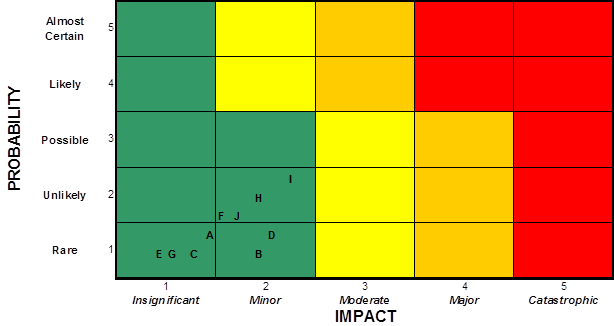 Mitigation is the effort to reduce loss of life and property by lessening or minimizing the impact of hazards through proactive measures. Examples: building codes and zoning; vulnerability analyses; public education.
Mitigation is the effort to reduce loss of life and property by lessening or minimizing the impact of hazards through proactive measures. Examples: building codes and zoning; vulnerability analyses; public education.
Structural mitigation – construction projects which reduce economic and social impacts i.e. dams, windbreaks, terracing and hazard resistant buildings. } Non-structural activities – policies and practices which raise awareness of hazards or encourage developments to reduce the impact of disasters
According the United Nations International Strategy for Disaster Reduction (UNISDR), the adverse impacts of hazards often cannot be prevented fully, but their scale or severity can be substantially lessened by various strategies and actions.
Types of Mitigation Actions
A mitigation action is a specific action, project, activity, or process taken to reduce or eliminate long-term risk to people and property from hazards and their impacts. Implementing mitigation actions helps achieve the plan’s mission and goals. The actions to reduce vulnerability to threats and hazards form the core of the plan and are a key outcome of the planning process.
The primary types of mitigation actions to reduce long-term vulnerability are:
- Local plans and regulations
- Structural projects
- Natural systems protection
- Education programs
- Preparedness and response actions
Local Plans and Regulations
Local land use or comprehensive plans embody the goals, values and aspirations of the community, as expressed through a process of community engagement. The plan should identify current development patterns and trends as well as areas where future development should and should not occur. The plan should include policies and ordinances that steer development away from hazard-prone areas, such as floodplains, to avoid putting people and property at risk. In some cases, local plans can work at cross-purposes. For example, a capital improvement plan may call for extending water and sewer lines to an area that is vulnerable to natural hazards. Emergency managers, planners and others in a community should coordinate in preparing plans to ensure consistency across plans; that is, consistent goals, policies, and strategies.
Structure and Infrastructure Projects
These actions involve modifying existing structures and infrastructure to protect them from a hazard or remove them from a hazard area. This could apply to public or private structures as well as critical facilities and infrastructure. This type of action also involves projects to construct manmade structures to reduce the impact of hazards.
 Natural Systems Protection
Natural Systems Protection
These are actions that minimize damage and losses and also preserve or restore the functions of natural systems. Examples include:
- Sediment and erosion control
- Stream corridor restoration
- Forest management
- Conservation easements
- Wetland restoration and preservation
Education and Awareness Programs
These are actions to inform and educate citizens, elected officials, and property owners about hazards and potential ways to mitigate them. These actions may also include participation in national programs and although this type of mitigation reduces risk less directly than structural projects or regulation, it is an important foundation. A greater understanding and awareness of hazards and risk among local officials, stakeholders, and the public is more likely to lead to direct actions. Examples include:
- Radio or television spots
- Websites with maps and information
- Real estate disclosure
- Presentations to school groups or neighbourhood organizations
Preparedness and Response Actions
Mitigation actions reduce or eliminate long-term risk and are different from actions taken to prepare for or respond to hazard events. Mitigation activities lessen or eliminate the need for preparedness or response resources in the future. When analyzing risks and identifying mitigation actions, the planning team may also identify emergency response or operational preparedness actions. Examples include:
- Creating mutual aid agreements with neighbouring communities to meet emergency response needs.
- Purchasing radio communications equipment for the Fire Department.
- Developing procedures for notifying citizens of available shelter locations during and following an event.
